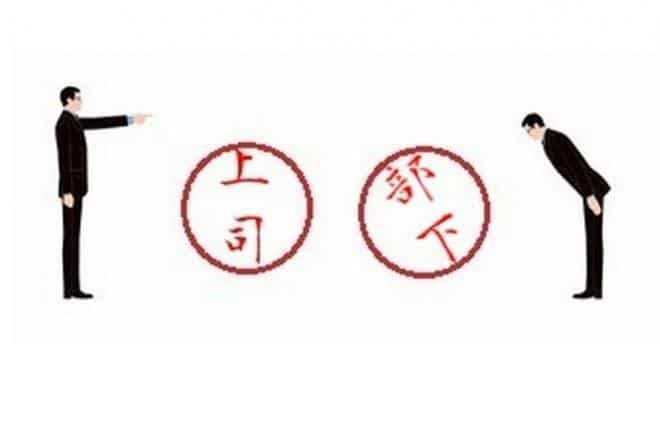Hanko: Why People Hate It In Japan?
Hanko, also known as Japanese personal stamp, is one of the most famous items representing Japanese tradition. Hanko is also popular with people from overseas. Some people buy hanko with their name engraved on it as a souvenir to take their countries. But, did you know that many people don’t like hanko in Japan even though foreigners see it as cool staff?
Why Negative Image on Hanko?
History of hanko
Hanko was initially introduced from China around 2000 years ago. And in the latter half of the 19th century (Meiji era), hanko became widely used in official documents and everyday life among the vast majority of people. It has been for over 100 years since it’s penetrated. So, it is not easy to change for Japanese people to change the custom. But do people think they should stop using it?
Common Criticism about Hanko
Easy to duplicate
A hanko itself is not linked to personal ID, so anyone can make the same hanko at the shop. Of course, for the hanko to have legal validity as proof of your identity, you need to register it in particular official places such as a city hall. However, the fact is that you can easily reproduce a hanko with the same name engraved. And we can find hankos with common surname displayed at hanko shops, which only costs only a dollar.

For some people, it may seem strange that something so valuable as proof of their identity is readily available everywhere.
Cumbersome to manage
There are different types of hanko depending on the use.
- Jitsuin: registered with the municipal office
- Ginkoin: registered with the bank
- Mitomein: Non-registered hanko (other than Jitsuin or Ginkoin)
In general, Japanese people have those three types of hanko. And they need to use each of them for the specific occasion accordingly, which can be a bit complicated to keep track of. Moreover, if we lose our hanko registered with the city hall or bank, we need to report the loss immediately. Otherwise, we may end up with illegal withdrawal of bank deposits or any other serious crimes. Therefore, we need to put extra carefulness when we carry hanko with us.
Work inefficiency
This is the biggest factor causing criticism among Japanese people that we should abolish hanko and use the signature. Unlike in the West, where a hand-written signature is common, people generally use hanko for most of the work documents in Japan. In a typical Japanese company, when a project or procedure needs to be carried out within the company, approval must be obtained with hanko. And its order is from the lower rank employee to the section chief, to the manager, to the CEO. This is sometimes ironically referred to as “stamp collecting”. Each employee has to get hanko stamp for approval by the person in charge in turn.
Incidentally, there is acceptable business etiquette in Japan for getting a stamp from your boss for internal approval. It is preferable to tilt the hanko stamp of a person in a lower position to make it look like you are bowing to the senior bosses in Japan.

The CEO should stand upright, the senior manager under him should tilt slightly, and the assistant manager under the senior manager should tilt more. The employee at the bottom has to lean even more. So, they sometimes have to push almost as if he is lying down horizontally.
Hmm… I suppose sharing business etiquette is a good way to facilitate communication, but this seems too much.
Hanko has also become a social issue. Many people have frequently been forced to go to the office to stamp hanko on official documents, even though working from home is recommended due to COVID-19. For all these reasons and more, there are quite a few negative opinions about hanko.
Future of Hanko
The Minister for Administrative Reform and Regulatory Reform, Mr. Kono, has stated that he would try to reform how business is carried out without using hanko in order to ensure business efficiency. An overwhelming number of young people, in particular, are critical of this old practice as it hinders digitalization in Japan. They may be trying to break the Galapagos syndrome that has long prevailed in Japan.
In my opinion, it would be better if hanko could establish themselves as miscellaneous antique goods in Japan, ideal for souvenirs.




